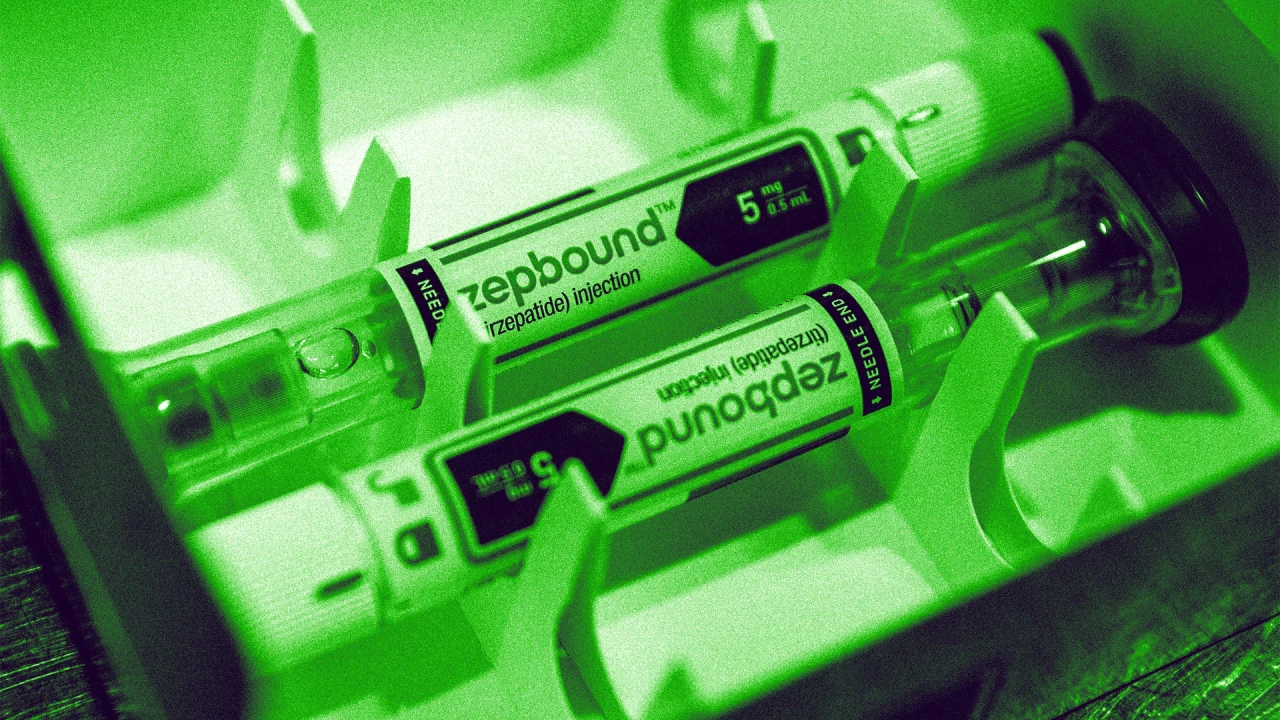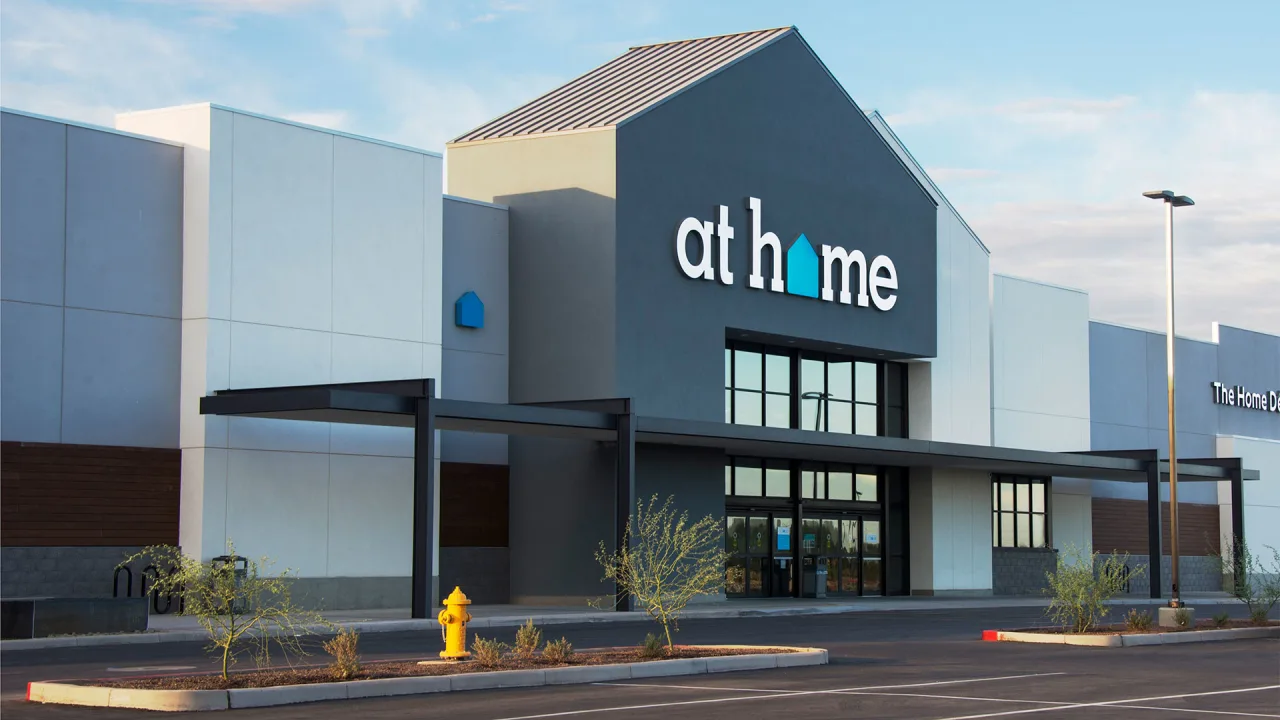Transforming Freight with Cutting Edge Last Mile Delivery
Explore how emerging last mile delivery innovations—from autonomous vehicles to smart lockers—are reshaping freight operations and improving customer satisfaction.

In an era defined by instant gratification, the final leg of any shipment, the last mile has become the most visible and demanding segment of the logistics journey. As e-commerce volumes skyrocket and consumer expectations soar, freight companies must innovate or risk falling behind.
Cutting-edge solutions in last mile delivery are not only enhancing speed and reliability but are also driving profound changes across the entire freight ecosystem. In this guest post we examine the technologies and strategies shaping last mile operations and assess their ripple effects on broader freight management.
The Rise of Last Mile Delivery Innovations
Traditionally the last mile constituted a disproportionately high share of total delivery costs due to complex urban routes and failed delivery attempts. Companies responded with trial programs and limited rollouts of new concepts. Today those pilot projects have matured into scalable solutions backed by significant investment.
Retailers and carriers now collaborate to deploy fleets of electric vehicles pilot drone corridors and establish networks of smart lockers. These advances address pain points like urban congestion delivery windows and environmental impact while setting new benchmarks for customer experience and operational efficiency.
Autonomous Vehicles and Drones in Last Mile
One of the most talked-about innovations is the use of driverless vehicles and unmanned aerial systems. Autonomous delivery vans equipped with sensors and machine learning software can navigate urban streets to drop off parcels at designated hubs. Meanwhile drones bypass road traffic entirely by flying directly to customer rooftops or backyard drop zones.
Early deployments have proven effective for time-sensitive goods such as medical supplies and high-value electronics. As regulations evolve to permit broader commercial drone flights and autonomous vehicle operations, carriers are preparing to integrate these capabilities into their standard delivery mix.
Smart Lockers and Pickup Points
Another game-changing approach involves decentralized pickup networks. Smart lockers installed in residential complexes retail centers and transit stations allow customers to retrieve packages at their convenience. Each locker communicates in real time with the carrier’s network to indicate availability and capture delivery confirmation.
This reduces failed delivery attempts and allows drivers to complete multiple drop-offs with a single stop. Companies that once focused solely on door-to-door delivery are now optimizing their routes around locker clusters to maximize density and minimize time on the road.
Data Analytics and Real Time Tracking
Visibility is critical in last mile operations. Advanced analytics platforms ingest data from GPS trackers telematics devices and customer apps to provide end-to-end shipment insights. Predictive algorithms forecast delivery windows based on traffic patterns weather events and historical performance.
Real time updates keep customers informed via SMS or mobile apps while operations teams receive exception alerts for missed ETA thresholds. By shifting from reactive firefighting to proactive route adjustments, carriers can slash delays maintain service levels and gather actionable data that informs fleet planning and resource allocation.
Crowdsourced Delivery Models
Flexibility and scalability are also driving crowdsourced delivery experiments. Platforms connect independent drivers, often gig economy workers with local delivery tasks. Shippers post delivery requests and drivers accept gigs via mobile apps, picking up parcels from warehouses or retail outlets and completing the final drop-off.
This asset-light model supplements traditional fleets during peak seasons or in hard-to-serve neighborhoods. While quality control and security considerations remain top priorities, crowdsourced networks enable rapid scaling without large capital investments in owned vehicles.
Integration with Traditional Freight Networks
Last mile innovations do not exist in isolation. They must mesh seamlessly with long haul, regional, and cross-border freight operations. For example shipments arriving on flatbed trailers or containerized loads transfer to last mile carriers for final distribution.
Partnering with experts in flatbed trucking services ensures that oversized or irregular cargo moves efficiently from origin to a consolidation hub before entering the urban delivery network. These handoffs require integrated IT systems, standardized loading protocols, and clear communication channels to maintain visibility and preserve service quality.
Collaboration with Specialized Freight Providers
Navigating the complexity of last mile transformations often demands external expertise. Engaging seasoned freight forwarders Dallas connects shippers with carriers who already operate advanced delivery fleets and digital infrastructure.
These partners advise on selecting the right mix of autonomous vehicles locker networks and crowdsourced channels based on local market dynamics. Similarly comprehensive freight solutions providers offer turnkey platforms that unify data streams, automate booking processes and streamline billing across multiple delivery modalities. By outsourcing portions of their last mile strategy, companies free internal teams to focus on core competencies and strategic growth.
Leveraging Broker Networks for Capacity Flexibility
During peak demand periods and in emerging markets, capacity shortages can stall delivery operations. A knowledgeable freight broker Texas secures supplemental local carriers and niche providers, ensuring that last mile innovations scale seamlessly.
Brokers leverage vast networks to negotiate spot capacity for same-day or next-day service and coordinate multi-leg shipments that combine air express with ground drone hops. Their market intelligence helps shippers avoid bottlenecks and optimize cost structures even amid fluctuating demand.
Future Outlook for Last Mile Freight
As urban populations grow and consumer expectations evolve, last mile delivery will continue to spur technological breakthroughs. Look for wider adoption of autonomous micro-warehouses located near high-density neighborhoods as well as expanded drone corridors linking fulfillment centers to city rooftops.
Blockchain-enabled smart contracts may automate payments and compliance checks across delivery networks. Artificial intelligence will refine predictive models to anticipate delivery failures before they occur. Through continuous pilot programs and data-driven iterations freight companies will unlock new efficiencies and redefine the customer-centric paradigm in global logistics.
Conclusion
Innovations in last mile delivery are reshaping not only how packages reach doorsteps but also how the entire freight ecosystem operates. From autonomous vehicles and smart lockers to crowdsourced networks and advanced analytics, each breakthrough injects agility and transparency into complex supply chains.
By integrating these solutions with traditional transport modes and collaborating with specialized partners from freight forwarders Dallas to flatbed service providers and freight broker Texas. As these companies can craft resilient, scalable delivery strategies that delight customers and drive business growth.
As the industry evolves, embracing innovation will remain the key to competitive advantage in the fast-paced world of freight.
Frequently Asked Questions
What are the main benefits of using smart lockers for last mile delivery?
Smart lockers reduce failed delivery attempts by providing secure self-service pickup points that customers access at their convenience.
How do autonomous vehicles improve last mile efficiency?
Autonomous vehicles eliminate driver availability constraints, enable 24/7 operations, and reduce labor costs while maintaining precise delivery windows.
Can crowdsourced delivery handle high value or sensitive shipments?
Yes platforms implement stringent vetting background checks and secure tracking to ensure reliability and security for sensitive or high value parcels.
How do I integrate last mile innovations with my existing freight operations?
Partnering with experienced freight solutions providers and brokers ensures seamless IT integration, standardized handoff protocols and scalable capacity for peak seasons.
What role do data analytics play in optimizing last mile delivery?
Analytics platforms aggregate real time telemetry and historical trends to forecast delivery windows, trigger proactive interventions and continuously refine route efficiency.





































































![https //g.co/recover for help [1-866-719-1006]](https://newsquo.com/uploads/images/202506/image_430x256_684949454da3e.jpg)




























![[PATREON EXCLUSIVE] The Power of No: How to Say It, Mean It, and Lead with It](https://tpgblog.com/wp-content/uploads/2025/06/just-say-no.jpg?#)






















































